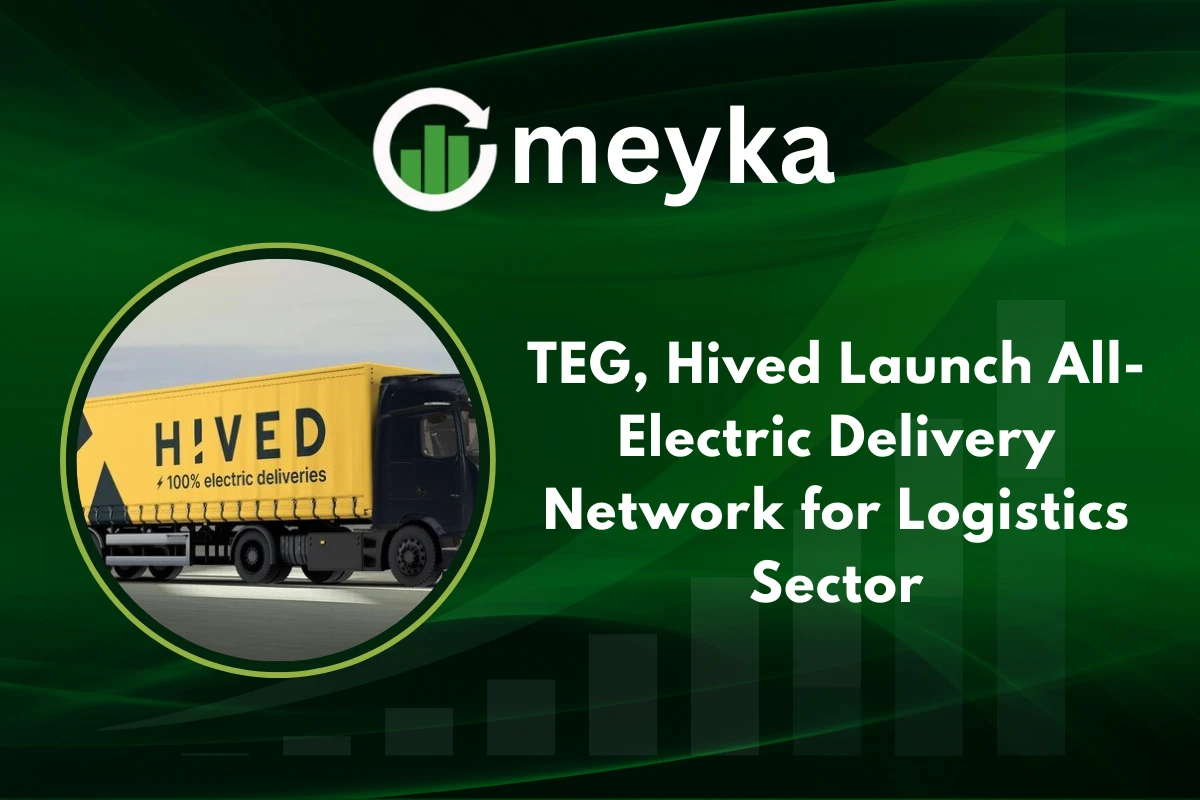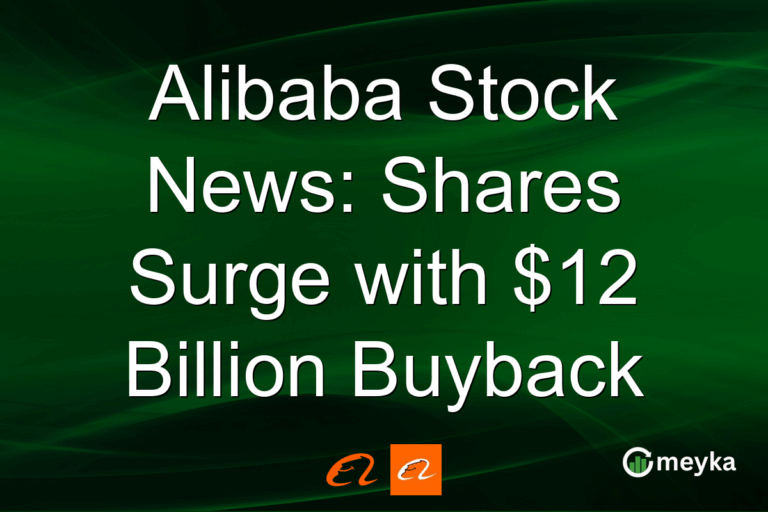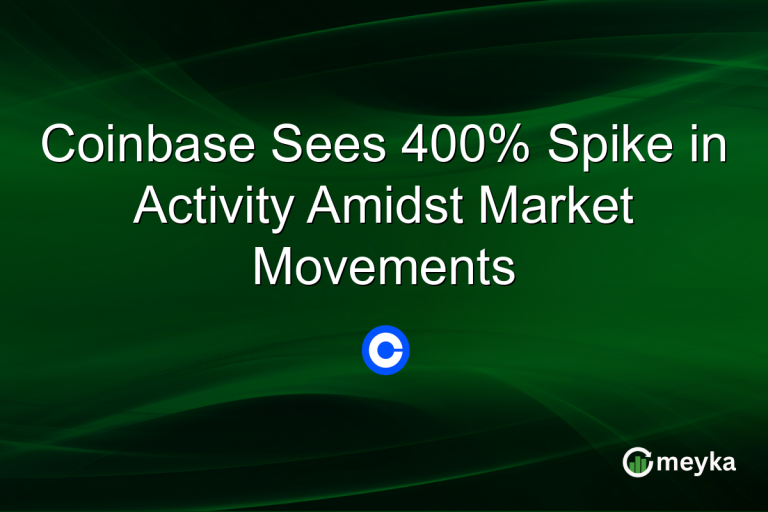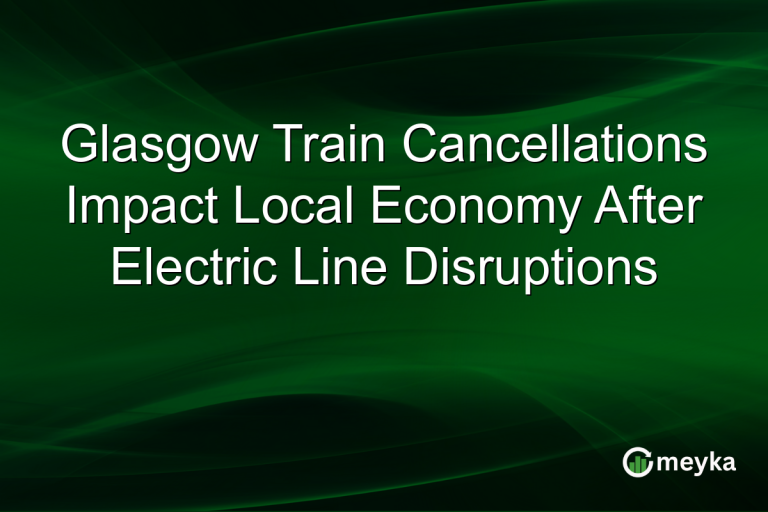TEG, Hived Launch All-Electric Delivery Network for Logistics Sector
The logistics world has a new green option. TEG and Hived have joined forces to give carriers access to a fully all-electric parcel delivery network. The move is billed as the UK’s first service of its kind. It aims to cut emissions, speed up fleet decarbonization, and make electric haulage practical for 3PLs and retailers.
TEG overview of the all-electric network
TEG is a fintech-enabled logistics platform. It connects shippers, 3PLs, and carriers with digital tools for payments, compliance, and booking. Now the platform will let customers tap into Hived’s 100% electric HGV fleet through TEG’s interface. That means logistics firms can route parcels onto electric trucks without building their own EV fleet.
What this partnership offers
- Access to Hived’s large electric HGVs seven days a week.
- Real-time carbon tracking and per-parcel emissions analytics.
- Built-in compliance and payments so onboarding is fast.
TEG sustainability mission
Sustainability goals and short wins
TEG says the partnership will unlock big carbon savings. Hived’s electric 44-ton HGVs can reduce up to 76% of emissions per parcel compared with diesel alternatives, the companies report. For shippers, this is a direct route to hitting scope-3 targets and showing customers verified carbon cuts.
Why this matters now
Buyers and retailers demand greener supply chains. TEG’s own research found that sustainability is a top procurement issue for 3PLs. By packaging electric haulage inside its platform, TEG lowers the barrier to adoption. In plain terms, logistics firms can be green without a heavy capital outlay.
TEG and charging infrastructure
Megawatt charging and where it fits
Fast charging is the missing link for long-haul electrification. The UK is rolling out megawatt charging hubs on key motorways, with pilot sites planned at Lymm and Toddington (North and South) from 2026.
These hubs will use chargers compatible with CCS and the new Megawatt Charging System (MCS), reducing downtime for HGVs on long runs. That infrastructure supports network players like Hived and makes TEG’s offering scalable.
How TEG uses this tech
TEG doesn’t build chargers. Instead, it routes loads to carriers that have access to electric HGVs and the charging network. As public megawatt hubs expand, carriers on the TEG-Hived network can plan longer trips and tighter schedules with fast recharging at motorway hubs. This improves range and uptime for zero-tailpipe deliveries.
TEG fleet and operational details
Hived vehicle specs
Hived operates heavy electric vehicles designed for parcel and pallet work. Their 44-ton trucks are engineered for reliability and to match existing freight loads. The collaboration aims to keep service levels high. Hived reports a 99% on-time rate while delivering large emissions cuts. That metric makes the electric option competitive with diesel in operational terms.
Platform features
TEG’s platform adds instant compliance checks, automated onboarding for carriers, and integrated payment flows. That removes friction for 3PLs that want to add electric legs to their networks without reworking billing or contracts. The result: easier trials, faster adoption, and clearer sustainability reporting.
Why is TEG investing in electric delivery now? Demand for low-carbon logistics is rising fast. TEG wants to help customers meet rules and buyer expectations. Partnering with Hived makes the switch easier and faster.
How will TEG’s electric delivery network benefit customers? Customers get verified carbon data, access to electric truck capacity, and simpler billing. That lowers risk and shows sustainability gains on invoices and reports.
TEG market impact and industry response
What logistics firms stand to gain (H3)
Carriers and 3PLs can offer green delivery services without big capex. Retailers can meet sustainability pledges and show customers real per-parcel emissions cuts. TEG’s model lets mid-sized operators trial electrified routes and scale where it makes sense.
Costs, margins and customer perception
Electric trucks still change cost profiles. Charging costs, vehicle leases, and route planning differ from diesel models. But reduced fuel costs, lower maintenance, and potential emissions credits can improve lifetime economics.
Public perception also matters: shoppers increasingly prefer low-carbon delivery. TEG’s analytics help firms prove the value.
Industry reaction
Transport and sustainability commentators welcomed the move as practical. The pairing of a tech-platform and an all-electric carrier addresses two major barriers to electrification: asset access and operational integration.
Observers say this kind of collaboration could accelerate similar partnerships across Europe as megawatt chargers scale up.
TEG geo focus and expansion potential
UK first, then beyond
This is presented as a UK-first integrated electric parcel network. The presence of motorway megawatt hubs and a growing public truck charging corridor makes the UK a logical pilot market. If the model holds, TEG and Hived could expand services across Europe where charging corridors already exist.
Local benefits for cities and regions
Urban centres gain cleaner streets and lower local NOx/PM pollution when big trucks go electric. Rural and regional routes also benefit from lower noise and emissions. The model helps cities meet clean air targets while keeping freight moving.
Risks and what to watch
- Charger rollout pace: Megawatt hubs are planned but not yet fully live. Planners must deliver on schedule for long-haul electrification to scale.
- Cost transparency: Operators must track true cost per parcel. TEG’s carbon and cost analytics will be central.
- Grid and energy demand: Large charging hubs raise grid needs. Coordinated planning is essential to avoid local bottlenecks.
Conclusion
The TEG and Hived tie-up is a practical step toward greener logistics. It pairs an orchestration platform with a ready electric fleet and aligns with public moves to install megawatt chargers on motorways.
For shippers, carriers, and retailers, this reduces the friction of switching to electric haulage. For the wider market, it signals that electrified long-haul delivery can move from pilot to mainstream if charging infrastructure and smart commercial models keep pace.
FAQ’S
HIVED is a UK-based logistics company operating a 100% electric delivery fleet. It partners with TEG to provide sustainable parcel transport.
The future of HIVED lies in scaling its all-electric fleet, expanding routes across the UK, and supporting TEG’s electric logistics network.
HIVED runs fully electric vans and HGVs for parcel delivery. Through TEG, businesses can book zero-emission transport and track carbon savings.
Daraz mainly partners with regional courier companies in South Asia. HIVED and TEG operate in the UK and are not listed as Daraz partners.
HIVED was co-founded in London by Murvah Iqbal and Matthew Egan. Their mission is to transform parcel delivery into a cleaner, electric-first model.
A hive system works like a hub-and-spoke model where parcels move from central depots to regional nodes. HIVED applies this using electric fleets via TEG.
HIVED solves issues of rising carbon emissions, high delivery costs, and inefficiency in urban transport by offering TEG-backed all-electric logistics solutions.
Disclaimer
This is for information only, not financial advice. Always do your research.






